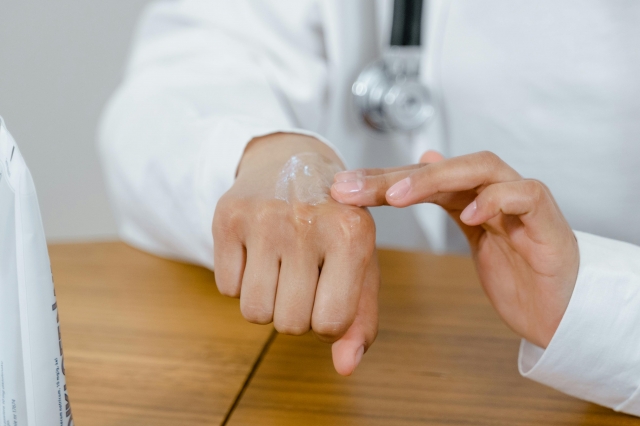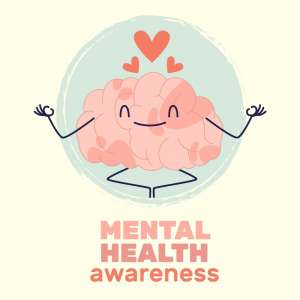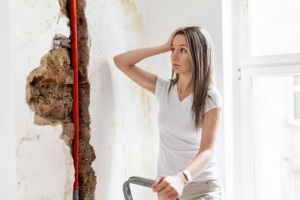Spotting those tiny, pearly bumps on your child's skin can stop you in your tracks. Molluscum contagiosum is common, but it's no picnic for kids or parents. Don't worry—you're not alone. This guide shares practical, gentle ways to ease your child's discomfort and keep their skin healthy, so you can both breathe easier.
Imagine your kid dashing through the park, then scratching at small, dimpled bumps on their arm. It's molluscum contagiosum—a viral skin infection that pops up out of nowhere. Sure, it's usually harmless, but the itch and stares from other kids can make your child feel uneasy, and let's be honest, it stresses you out, too. Here's the thing: with the right treatments and skin care, you can manage this condition and help your kid get back to being a kid.
Spotting Molluscum in Your Child
Those little bumps—smooth, flesh-colored, maybe pink, with a tiny dimple in the center—mark molluscum contagiosum. They're small, about 2–5 mm, and can show up anywhere: arms, legs, face, even behind the knees. Kids aged 1 to 10 get hit most often, says the NHS. Unlike eczema's red, flaky patches, these are distinct, sometimes itchy, and a real pain if scratched. If your child has eczema, the virus loves their sensitive skin, sticking around longer. Doctors usually spot it with a quick look, though a biopsy might settle any doubts.
Think of your child at school, dodging questions about those bumps during gym class. It's not just the skin—it's the confidence that takes a hit. The virus spreads fast through touch, shared towels, or even that favorite stuffed animal passed around at daycare. Knowing what you're dealing with helps you jump in with solutions, fast.
Gentle Treatments for Young Skin
Waiting for molluscum to vanish on its own—6 to 18 months, per the American Academy of Dermatology—sounds fine until your kid's scratching or the bumps multiply. That's where gentle options step in. Take Mollenol, a natural topical treatment made for kids. On the Mollenol website, you'll find details on their plant-based products, like Mollenol Sensitive, safe for kids as young as 2. Parents share stories of bumps shrinking in weeks, with less irritation than harsher treatments. Sounds promising, right? Just keep in mind results vary, and a dermatologist's input is key.
For medical options, cantharidin, applied by a doctor, forms blisters to clear lesions, safe for kids over 2. Berdazimer gel, FDA-approved for ages 1 and up, showed 32.4% clearance in trials versus 19.7% for placebo, according to a Cochrane review. If your child has eczema, tread carefully—harsh treatments can flare it up. Talk to a dermatologist to pick what fits your kid's skin.
Keeping Molluscum from Spreading
Let's face it: kids touch everything—towels, toys, each other. Molluscum spreads like wildfire through skin contact or shared stuff. To stop it, try these:
- Cover up: Dress bumps in clothing or waterproof bandages for swimming or sports.
- Wash often: Get your kid in the habit of handwashing to cut the virus's reach.
- Moisturize smart: Use fragrance-free creams to keep skin strong, especially for eczema-prone kids.
Picture a chaotic summer camp, kids swapping water bottles and splashing in the pool. Teaching your child to cover bumps and scrub their hands isn't just about the virus—it builds independence. A daily routine, like slathering on a gentle moisturizer after bath time, soothes itchiness and keeps scratching at bay. It's like giving their skin a shield, minus the superhero cape.
Natural Remedies for Soft Healing
Some parents lean toward natural remedies, especially for little ones with sensitive skin. Mollenol's lemon myrtle-based formula fits into bedtime routines like a charm—parents say kids are back to school with fewer bumps, though it takes patience. Other options, like thuja oil or even duct tape (yes, really), have fans too. A 2004 AAD case study noted duct tape cleared a child's lesions in two months, no scars. Not bad for something from the hardware store.
Patch-test anything new—eczema skin doesn't play nice with surprises. The Cochrane review points out there's not much hard proof for natural treatments, so don't skip the doctor's advice. Pair remedies with mild soaps and moisturizers to keep your child's skin happy, not irritated.
Helping Your Kid Shine Through It
Ever wonder how those bumps affect your child's confidence? Visible molluscum can make kids shy away from swim class or dodge questions at school. Talk it out—explain it's common, temporary, like a scraped knee that heals. Fun, colorful bandages can turn bumps into a quirky accessory, not a worry. Try moisturizing together; it's a small ritual that feels like teamwork, not a chore.
Support their immune system with good food, plenty of sleep and less stress—easier said than done, but it helps, per the AAD. If bumps linger, especially with eczema, a dermatologist can tweak the plan. Curious for more? Check the AAD's molluscum page or the NHS site. Consider this: every gentle step you take—moisturizing, covering bumps—helps your child feel like themselves again, ready to tackle the playground.
Molluscum's a bump in the road, not a dead end. With treatments like Mollenol and simple skin care tricks, you're giving your kid comfort and confidence. Those small habits—handwashing, moisturizing—build resilience. Before you know it, they're back to chasing friends, bumps forgotten and you're the one breathing a sigh of relief.






